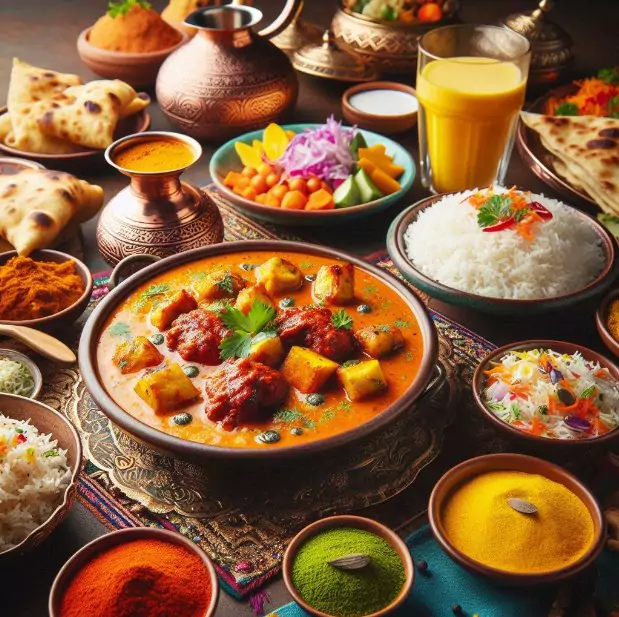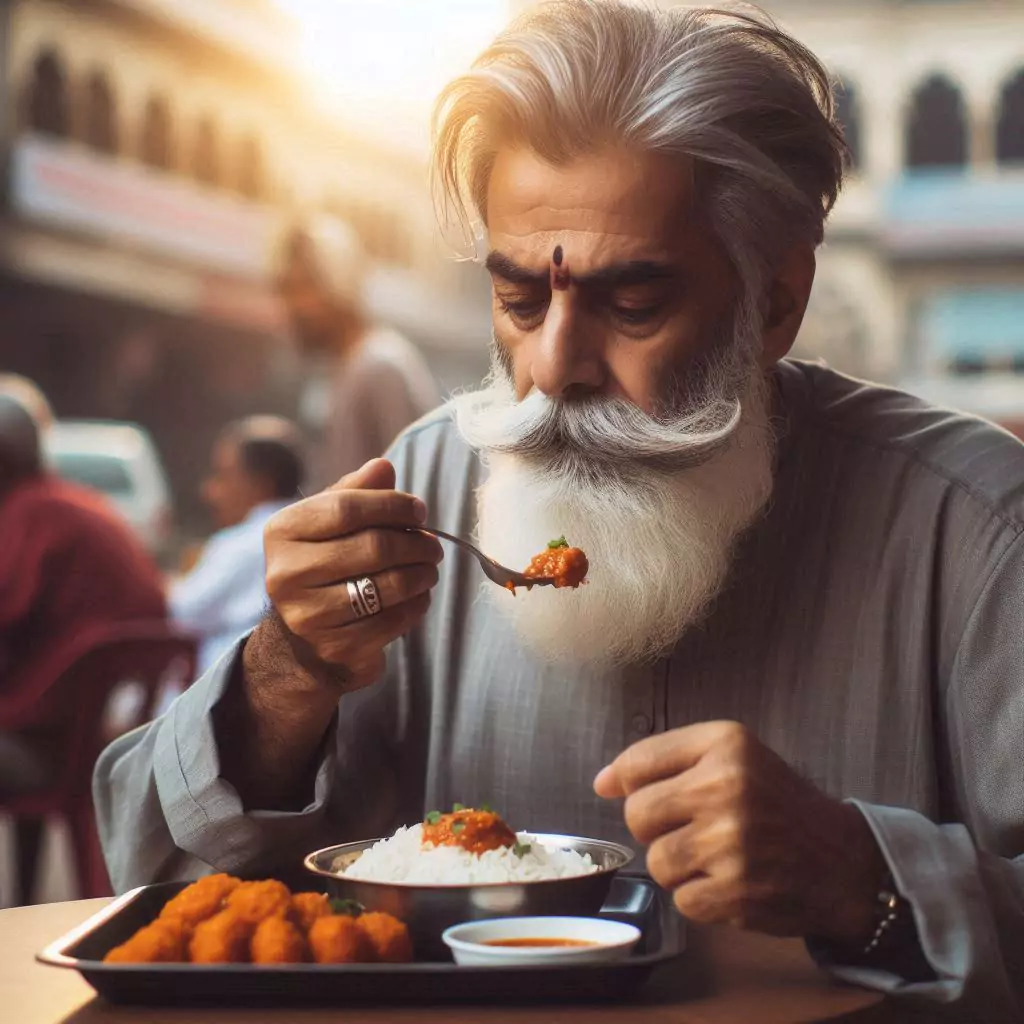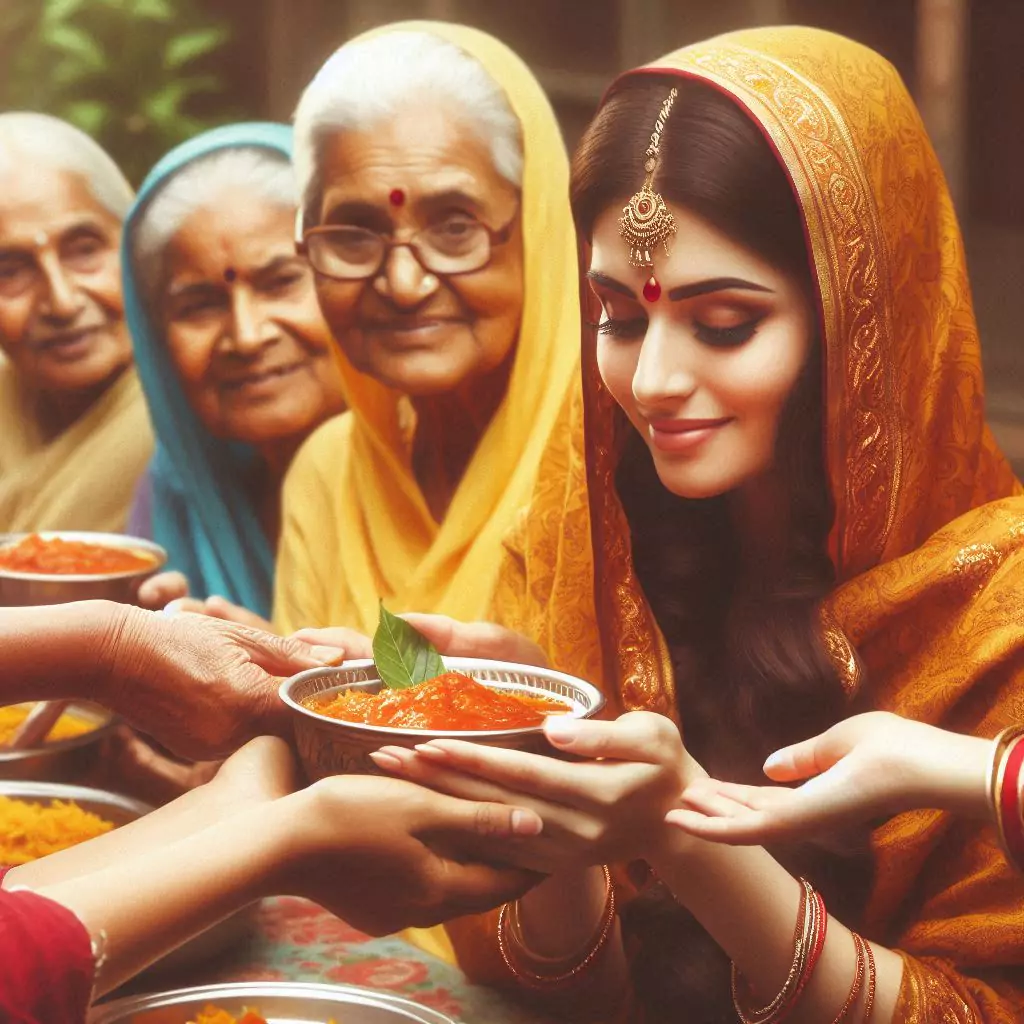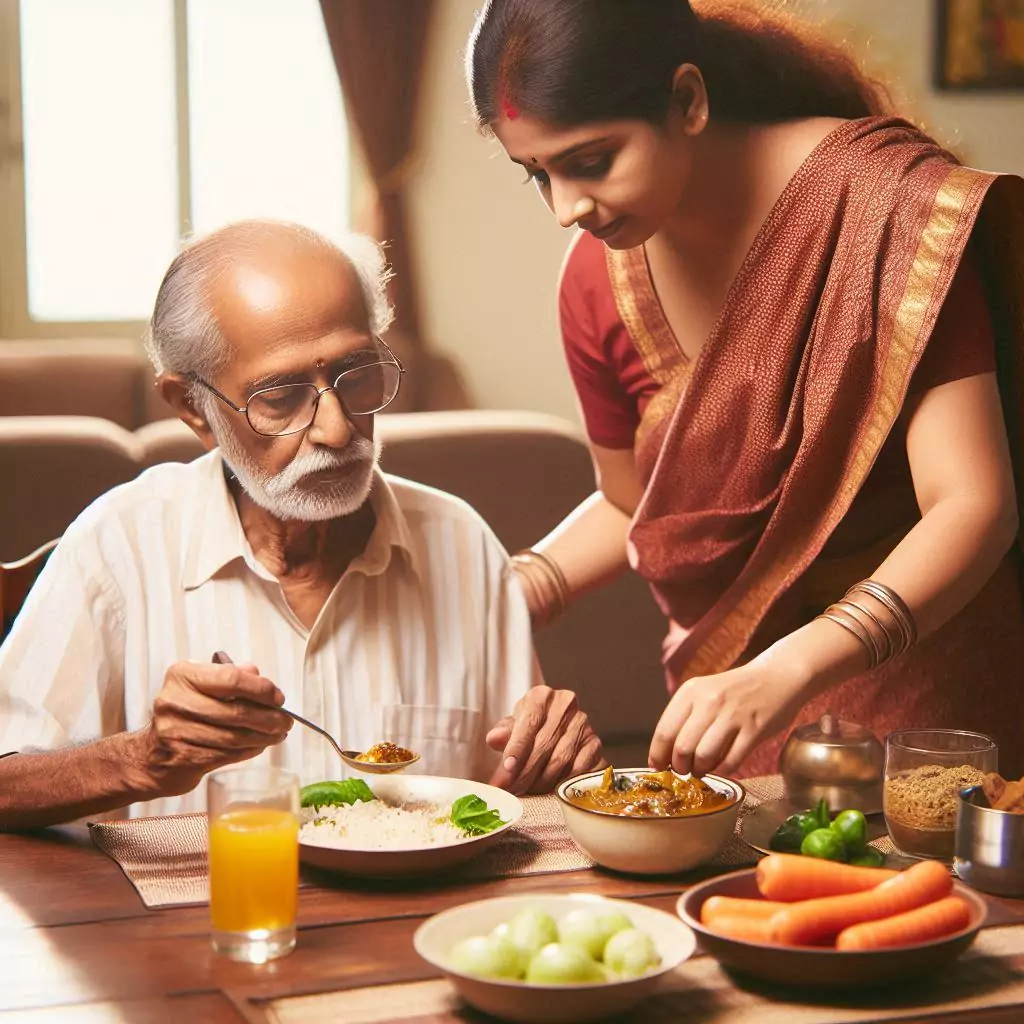15 Indian Dining Etiquette Rules Every Diner Should Know

Hello!
Ever wondered about Indian dining etiquette?
Let’s explore the fascinating customs and traditions that make dining in India a special experience.
From eating with your hands to the importance of hospitality, we’ll discover the key manners and cultural insights for enjoying a meal in Indian style.
Let’s dive in!
1. Wash Your Hands Before and After Meals

Always begin your dining experience with clean hands.
It’s a hygienic practice and a sign of respect towards the food you’re about to consume and the people you’re dining with.
This simple gesture sets a positive tone for the meal.
2. Use Your Right Hand for Eating

In Indian culture, the right hand is traditionally used for eating as it’s considered more hygienic than the left hand.
This practice dates back to ancient times and is still widely followed today, especially during traditional meals.
3. Begin and End With a Traditional Greeting
When joining a meal, it’s polite to greet others with a traditional Indian greeting such as “Namaste” or “Pranam.”
This gesture shows respect and acknowledges the presence of others at the dining table. Similarly, ending the meal with a farewell greeting is courteous.
4. Wait for the Elders to Start Eating
In Indian dining etiquette, it’s customary to wait for the elders or guests of honor to start eating before you begin your meal.
This shows reverence and consideration for hierarchy and seniority within the group.
Recommended article: 17 Japanese Dining Etiquette Rules Every Diner Should Know
5. Do Not Waste Food
Indian culture values food and considers wasting it to be disrespectful. Take only what you can eat and avoid leaving leftovers on your plate.
If offered more food, politely decline if you’re full rather than taking more and wasting it.
6. Avoid Touching Food With Your Left Hand
As mentioned earlier, the left hand is generally avoided during meals.
This includes not touching communal serving dishes or food with your left hand to maintain hygiene and cultural norms.
The left hand stays dry and is solely for drinking water or handing over dishes.
7. Accept Food With Both Hands

When receiving food or a serving from someone, especially an elder or host, use both hands to accept it.
This gesture is a sign of respect and gratitude in Indian dining etiquette.
Recomended article: 22 Chinese Dining Etiquette Rules Every Diner Should Know
8. Serve Elders First

When serving food, prioritize serving the elders or guests of honor first before serving yourself.
This demonstrates respect for seniority and hospitality, which are highly valued in Indian culture.
9. Do Not Leave the Table Until Everyone Is Finished
It’s considered impolite to leave the dining table before everyone has finished their meal.
Show consideration for others’ dining pace and engage in pleasant conversation until everyone has completed their meal.
10. Use Utensils Properly
If utensils are provided, use them appropriately according to the type of food being served.
Familiarize yourself with common utensils like a spoon, fork, and sometimes hands (for certain dishes) to enjoy the meal comfortably.
11. Refrain From Burping or Making Loud Sounds
In Indian dining culture, loud burping or making unnecessary noises while eating is considered rude.
Maintain a level of decorum by eating quietly and avoiding disruptive sounds.
12. Do Not Point Feet Towards Others
Feet are considered unclean in Indian culture, so avoid pointing them directly at others or stretching your legs towards the dining area.
Sit comfortably but mindfully to avoid any unintentional gestures.
13. Refrain From Public Display of Affection

Public displays of affection, such as kissing or hugging, are generally avoided during meals as they can be considered inappropriate or distracting to others.
Show affection in a respectful manner outside the dining setting.
Recommended article: 20 French Dining Etiquette Rules Every Diner Should Know
14. Thank the Host Before Leaving
After finishing the meal, express gratitude to the host for their hospitality.
A simple thank-you gesture shows appreciation for the effort put into preparing and hosting the dining experience.
15. Offer to Help With Cleaning Up
After the meal, offer to help with cleaning up or clearing the table.
This gesture of assistance is appreciated and reflects your willingness to contribute positively to the dining experience.
Wrap Up
Mastering Indian dining etiquette is more than just following rules; it’s about showing respect, gratitude, and embracing cultural values around food and hospitality.
So next time you dine, remember, “Daawat ka maza tab hai jab sab ek saath hote hain!” (The fun of a feast is when everyone is together!)






